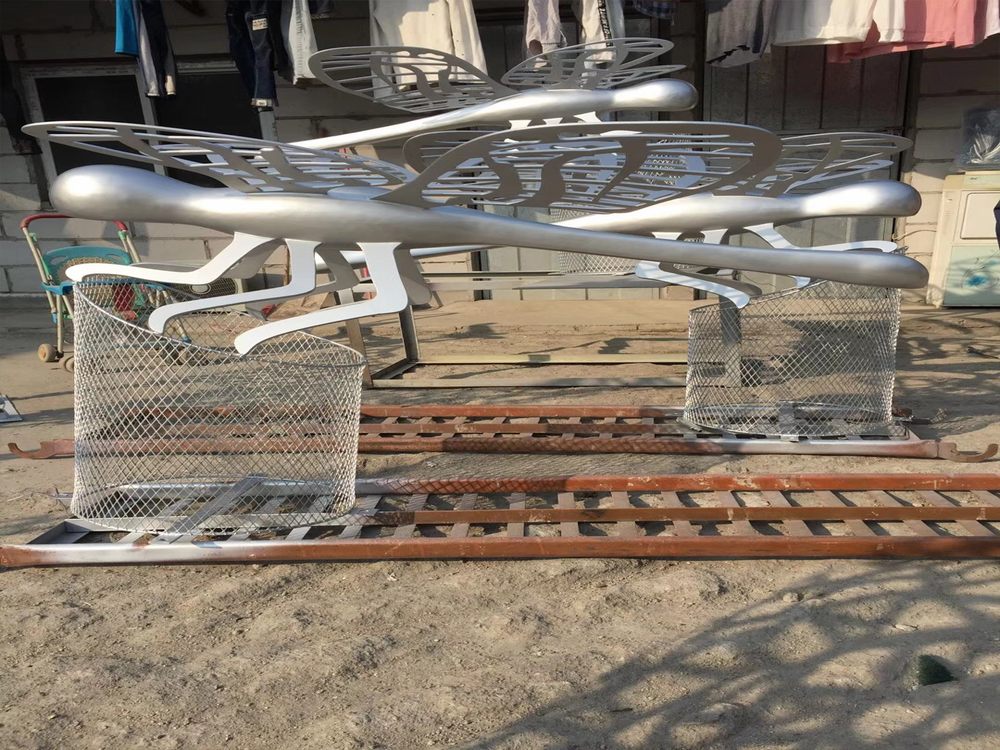
Abstract porcelain sculptures are a captivating medium where artists blend form, texture, and symbolism to evoke profound emotions and narratives. Unlike traditional figurative art, abstract porcelain relies on subtle cues—shapes, colors, and materiality—to communicate deeper meanings.
Artists often incorporate symbolism through intentional choices in glaze chemistry, firing techniques, and structural design. For example, cracked surfaces might represent fragility or resilience, while flowing, organic forms can symbolize growth or transformation. Some creators embed cultural motifs or personal iconography, turning each piece into a visual language.
Contemporary ceramicists like Edmund de Waal and Ai Weiwei use porcelain’s purity and historical weight to critique societal issues or explore identity. By layering textures or contrasting matte and glossy finishes, they guide viewers to interpret their work beyond aesthetics.
Ultimately, abstract porcelain sculptures become vessels of storytelling, where symbolism transcends literal representation, inviting viewers to engage with art on an intuitive, emotional level.

